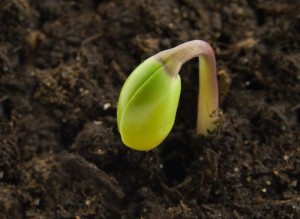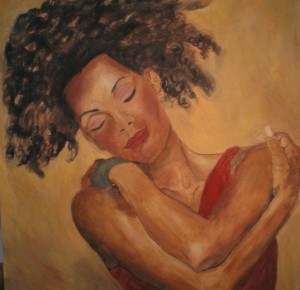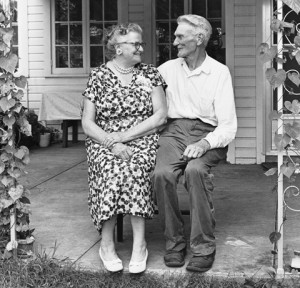The following is an excerpt from a teaching by Jetsunma Ahkon Lhamo called “Faults of Cyclic Existence”
If we broaden our perspective, we look out from our own self-absorption into our immediate environment which is generally pretty easy for most of us. We have friends and relatives that we don’t mind increasing our space to include and we look at them and we consider them part of our lives. But let’s move out and see all the rest of humankind. They are all, in the same way as we are, striving to be happy. And then look out beyond that to the animal realm. Even though these animals don’t have a forehead, even though these animals cannot conceptualize in the same way that we do, still each one of them in their own way is trying to be happy according to their capacity. The predator is trying to be happy when it chases its prey. The prey is trying to be happy when it fixes itself or creates for itself a safe environment and develops coping mechanisms with the reality that the predator is always out there.
There are many different ways to view this, but we can see if we really study, that we all have that in common and so we become, in a sense one family with a fundamental genetic code. Even across species, even across the form and formless realms, we become one family with this particular underlying reality in common. Now if we were to really contemplate this issue in this way, we might come up with a new world view. Wouldn’t that be wonderful! We might come up with a new, more universal perspective. Wouldn’t it be delightful! We could use that tool as a way to end self-absorption, and to really open our eyes and look at everything around us with a new kind of vision, a new kind of empathy, a new kind of understanding, a new kind of willingness to put oneself in the place of others, a new kind of planetary human, you know, aware of life around itself, a new kind of cosmic perspective, a new understanding as to what life is all about.
Now how does this relate to refuge? Well, as we are turning our minds towards Dharma, that means softening them, preparing them, fertilizing them, plowing the field so that the mind is turned toward the path that leads to liberation and renouncing what does not lead to liberation.
Where does the idea of Bodhicitta actually come into play? Actually it comes into play as both a motivator and as a clarifier. As a motivator , we understand that part of the process of turning the mind towards Dharma is to truly look at the six realms of cyclic existence and all the conditions and situations of sentient beings. Having done that, we see that cyclic existence is faulted and that these sentient beings, although they do wish to be happy, have no understanding of the causes of happiness. That’s the main different between a Dharma practitioner, and the serial killer. The Dharma practitioner wants to be happy just like the serial killer, but they are engaging in method. Method means we are looking at cause and effect relationship. We see the faults. We look at cause and effect relationships and we are trying to work it out where we produce the causes that allow the desired effect.
The serial killer is also trying to do that. He perhaps feels some kind of need build up in him and then he goes and tries to satisfy that need. So in his way, this serial killer is doing the same thing. He is engaged in trying to create the causes that produce happiness. The difference is he does not understand. There is such heavy delusion that there is no understanding of what causes produce happiness, so the serial killer is in a way, like a completely ignorant, completely confused, completely hatred-oriented basket of misconstrued ideas acting in a knee-jerk way to get some kind of result. He is not able to think it through and has no guidance to think it through. So the serial killer is yes, engaging in method, but what method? The serial killer is engaging in the method of hatred, is engaging in the method of destruction, is engaging in the method of harm-doing, and is thinking that it will bring some sort of power or happiness or relief in some way. And yet what this person doesn’t understand is that the seed and the fruit cannot be unrelated. You cannot produce happiness from the fruit of hatred, destruction, ignorance and harm doing. You cannot produce happiness in the same way that a peach seed cannot produce a banana tree.
Copyright © Jetsunma Ahkon Norbu Lhamo All rights reserved








